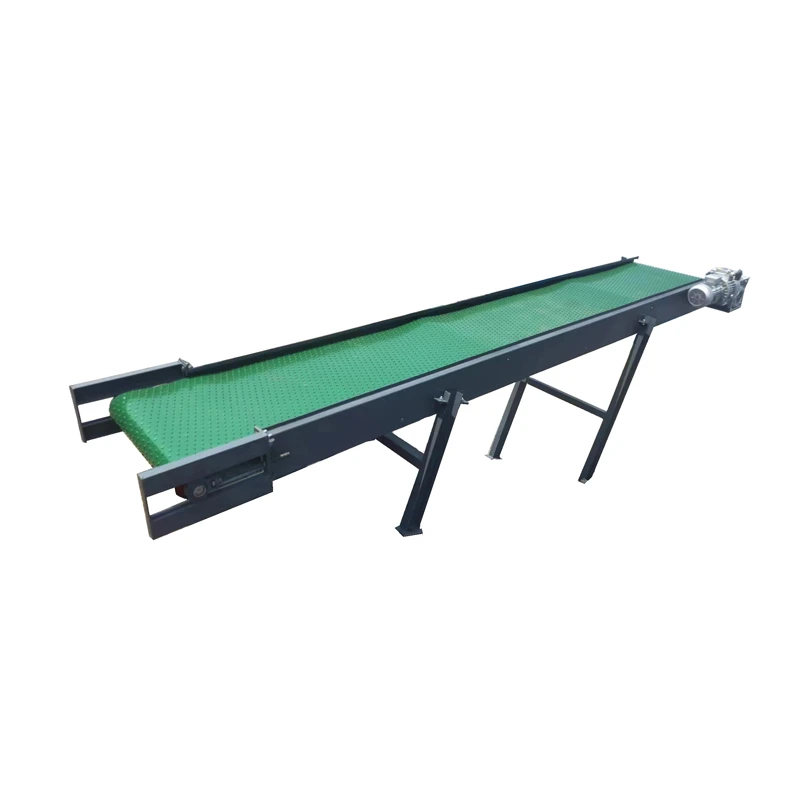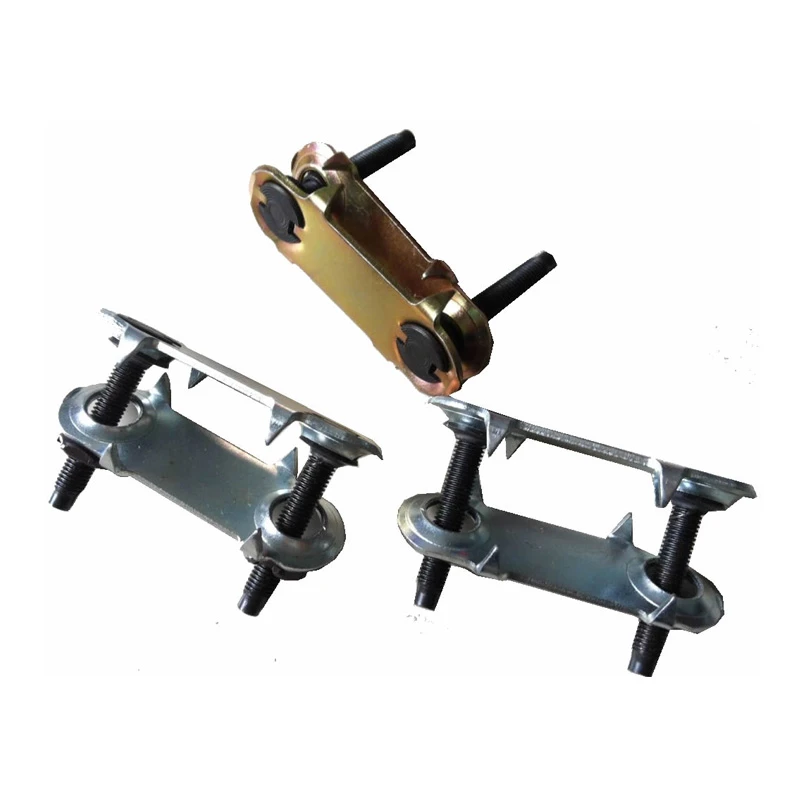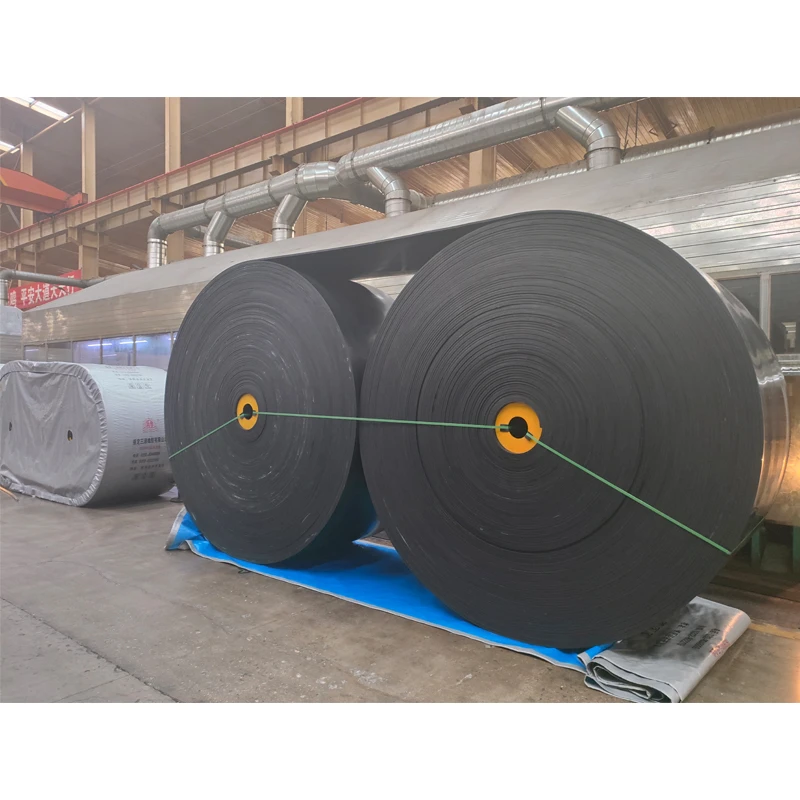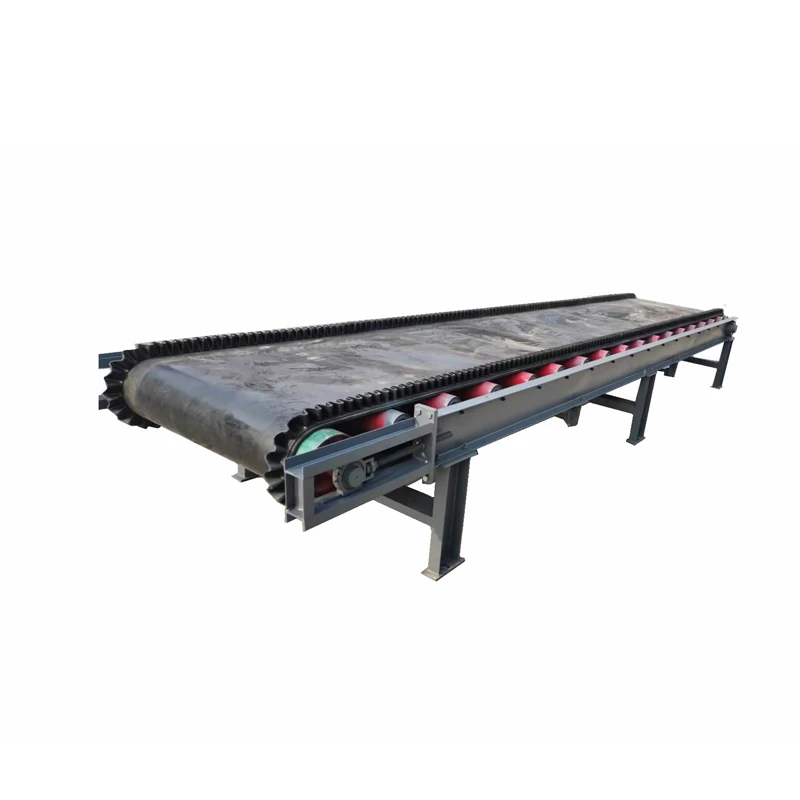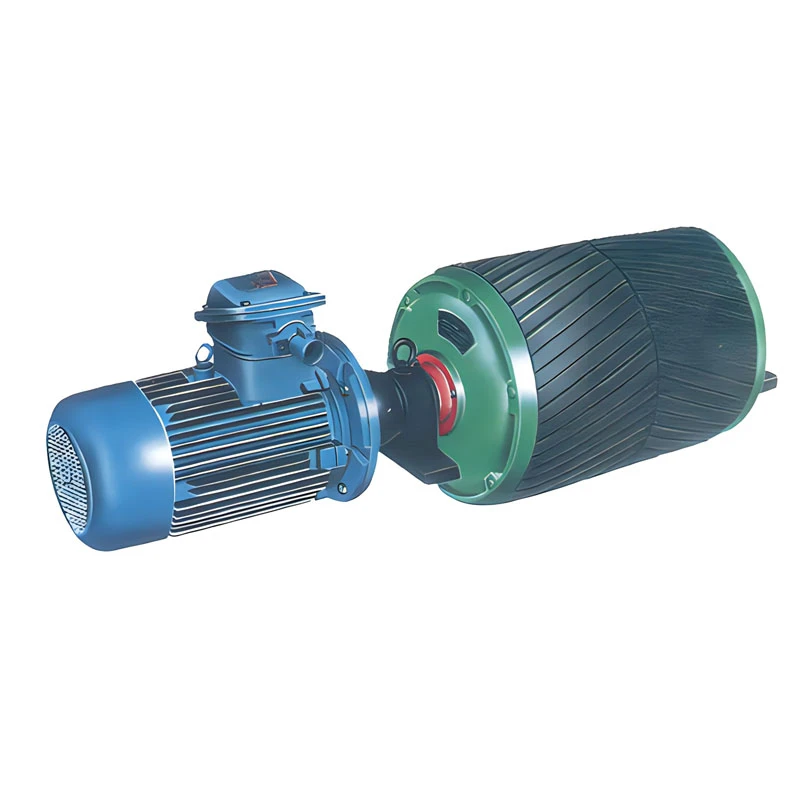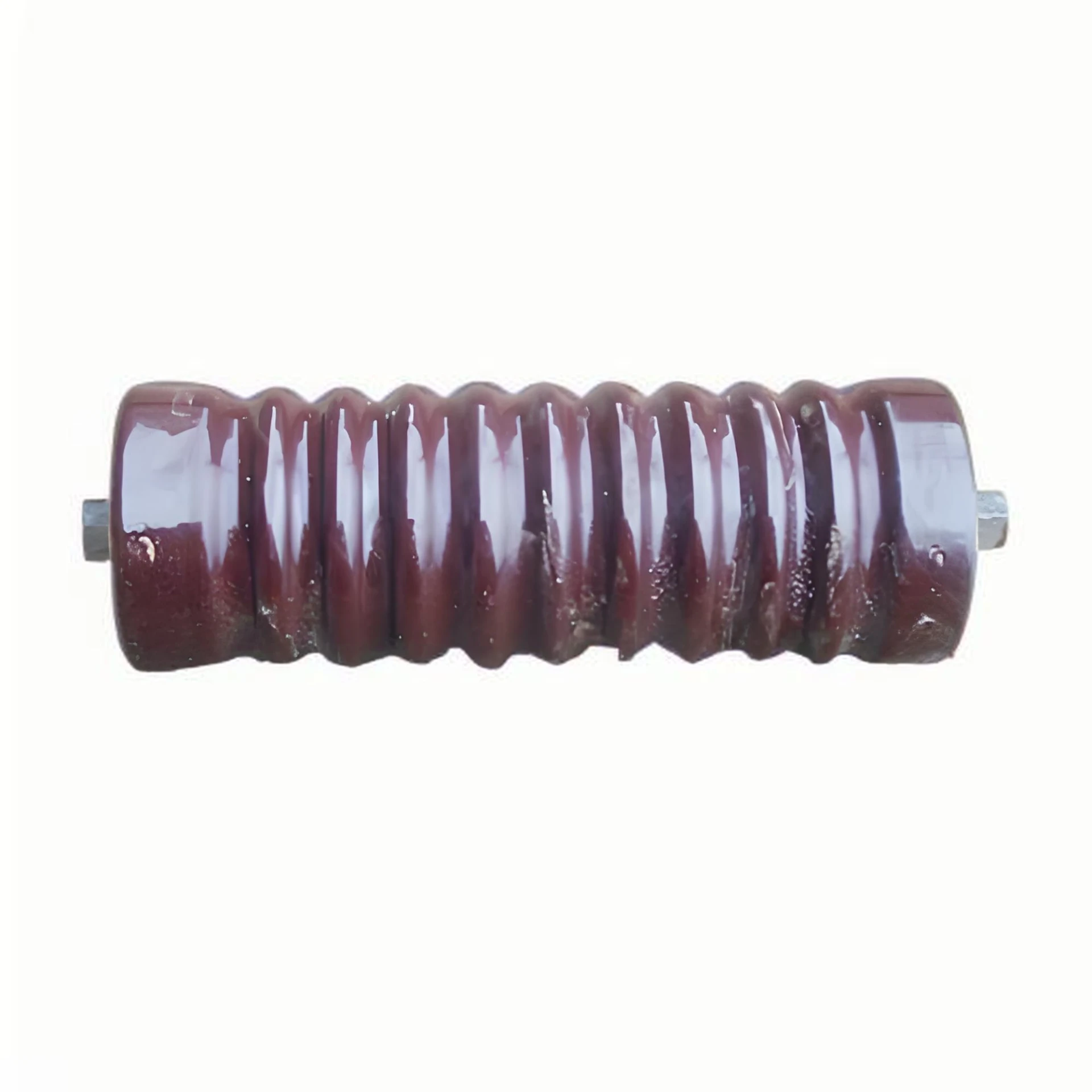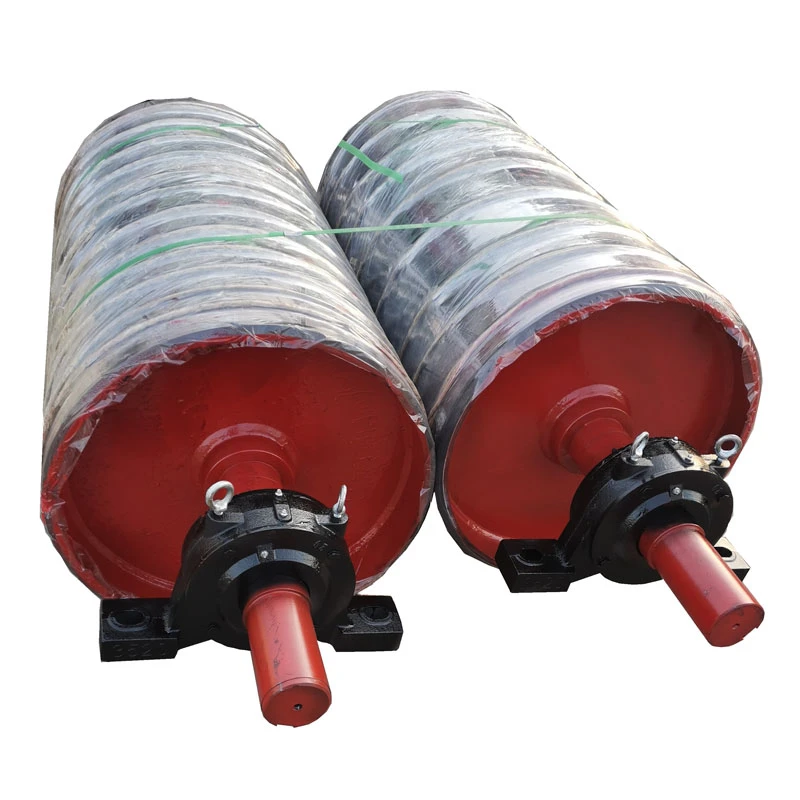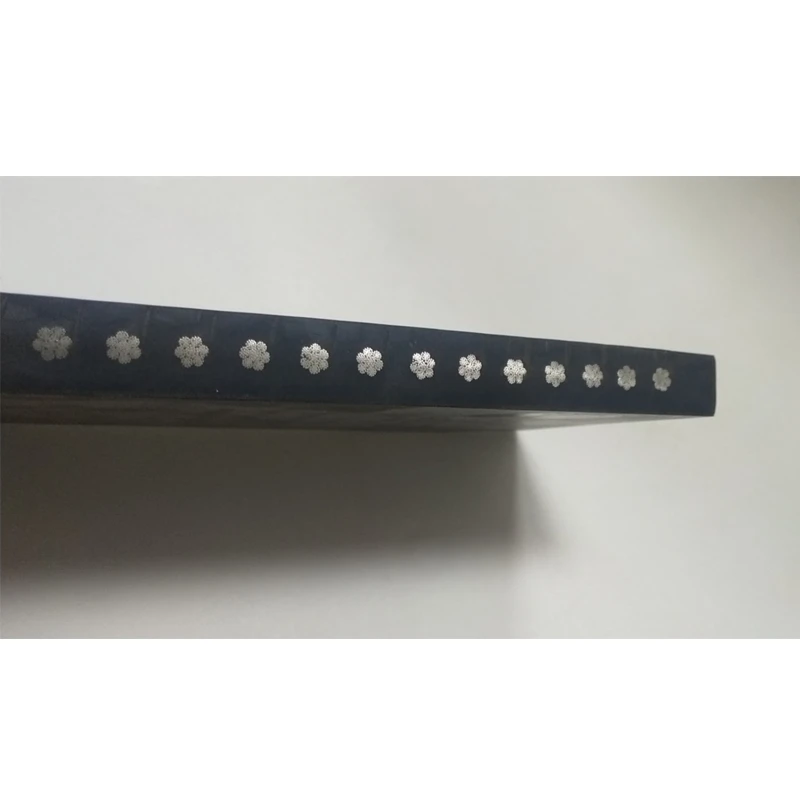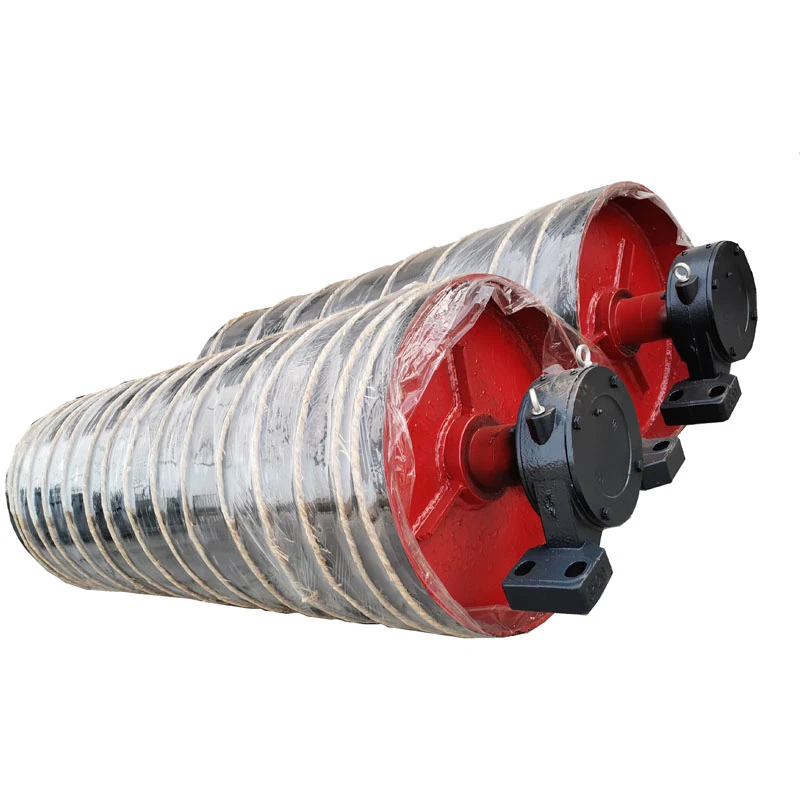In high-efficiency production environments, maintaining clean conveyor belts is crucial. The various types of belt cleaners available today ensure that bulk material handling operations remain smooth, safe, and productive. These cleaners are not merely accessories—they are essential components that prevent carryback, minimize spillage, protect the belt, and extend the life of conveyor components.
There are three primary types of belt cleaners: primary cleaners, secondary cleaners, and tertiary or plow cleaners. Each serves a specific purpose and is designed to operate at a particular location on the conveyor belt. Primary cleaners are typically mounted at the head pulley and are responsible for removing the bulk of the material. Secondary cleaners are placed after the head pulley and focus on removing fine residue. Tertiary cleaners or plows are positioned at various points along the belt’s return path to prevent buildup on pulleys and return rollers.
Choosing the right types of belt cleaners depends on several factors such as belt speed, belt width, material characteristics (moisture, abrasiveness, stickiness), and the application environment (wet, dry, corrosive, etc.). In mining, heavy-duty polyurethane or tungsten blades are often used. In food-grade settings, FDA-approved scrapers made from stainless steel or hygienic plastics are the norm.
Implementing the proper types of belt cleaners not only boosts operational efficiency but also lowers energy consumption, reduces downtime, and keeps the workplace safer by minimizing fugitive material. Their role in ensuring optimal material transfer and preserving the integrity of the belt cannot be overstated.
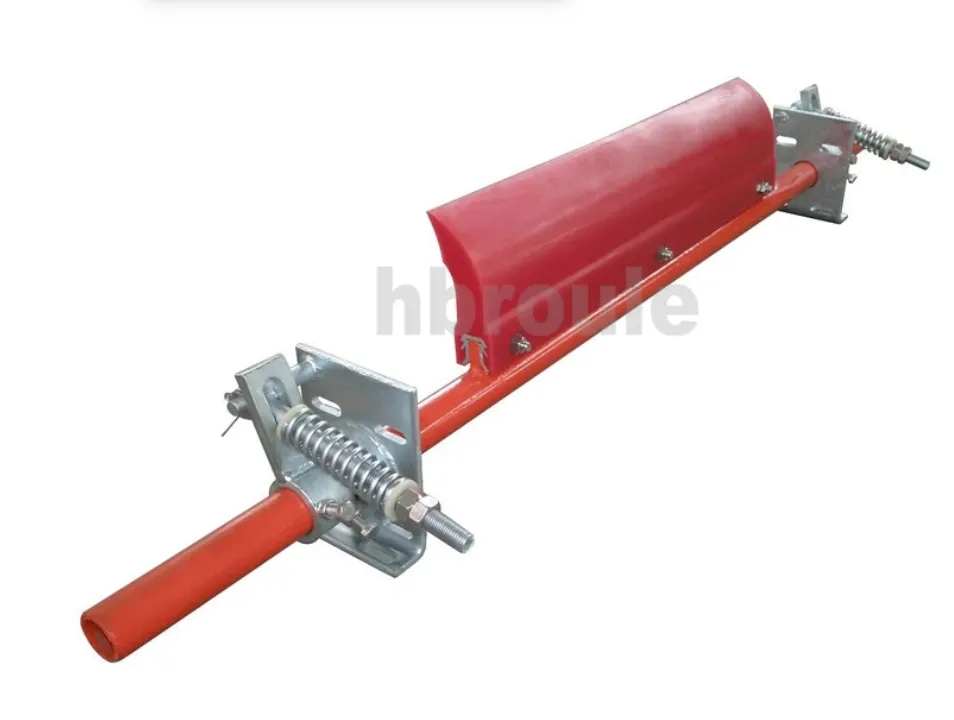
How a Belt Conveyor Cleaner Enhances Efficiency and Safety
The belt conveyor cleaner plays a pivotal role in keeping conveyors functioning reliably. When materials are carried back on the return side of the belt, they can cause buildup on rollers, misalignment, material loss, and increased wear. A high-quality belt conveyor cleaner eliminates this carryback, resulting in cleaner operations and fewer maintenance issues.
A well-designed belt conveyor cleaner system is engineered for maximum contact with the belt surface, ensuring thorough removal of residual material. It typically includes tensioning mechanisms that keep the scraper blades in constant contact with the belt while adapting to changes in belt condition or wear over time.
Safety is significantly enhanced by using an efficient belt conveyor cleaner. When fugitive materials are not properly controlled, they can become hazards—causing slips, damage to equipment, or even environmental violations in regulated industries. Installing a proper cleaning system mitigates these risks.
In addition, the use of a belt conveyor cleaner improves productivity by reducing unplanned shutdowns for manual cleaning. Over time, this results in lower operating costs, greater asset reliability, and a cleaner, more sustainable working environment.
Why Choosing the Right Conveyor Belt Scraper Factory Matters
When sourcing cleaning systems for industrial conveyors, the reputation and capabilities of a conveyor belt scraper factory can make a huge difference in long-term value. A reliable factory doesn’t just supply scrapers—they engineer complete cleaning solutions tailored to specific operational needs, offering both standard and custom-designed systems.
A reputable conveyor belt scraper factory is distinguished by its manufacturing quality, research and development capabilities, and experience in diverse industries such as mining, cement, aggregate, food, power generation, and chemicals. Their scrapers are built for durability, corrosion resistance, and high performance, using materials and technologies that withstand even the harshest operational conditions.
Factories that specialize in scraper manufacturing provide full lifecycle support, including site assessments, product customization, installation assistance, and after-sales service. This ensures that each scraper is perfectly matched to the conveyor system and that any performance issues are addressed quickly and efficiently.
A leading conveyor belt scraper factory also maintains robust quality assurance processes. They test their scrapers for performance, wear resistance, and compatibility with a range of belt materials and speeds. Additionally, factories that invest in smart technologies offer advanced scraper systems equipped with sensors for wear detection and real-time maintenance alerts.
Choosing the Right Conveyor Belt Scraper Material for Your Operation
The performance of any scraper system largely depends on the conveyor belt scraper material used in its construction. From rubber and polyurethane to tungsten carbide and stainless steel, each conveyor belt scraper material offers specific advantages in different applications.
Rubber and polyurethane are the most common scraper blade materials due to their affordability, flexibility, and resistance to wear. Polyurethane blades, in particular, provide excellent abrasion resistance and are ideal for medium-duty applications. They are non-corrosive and maintain their shape over time, making them suitable for operations involving sticky or wet materials.
For high-impact and abrasive applications, tungsten carbide tips or composite materials are used as conveyor belt scraper material. These offer unmatched wear resistance and extended service life. Though more expensive, they significantly reduce the need for frequent maintenance and replacement. Such materials are especially popular in mining, cement, and aggregate sectors.
In environments where hygiene is paramount, such as food processing or pharmaceuticals, stainless steel is often the preferred conveyor belt scraper material. It resists corrosion, complies with sanitary standards, and is easy to sterilize. Some factories offer scraper blades with antimicrobial coatings or FDA-approved materials for added safety.
The choice of conveyor belt scraper material must also consider belt type (textile, steel cord, plastic), belt speed, and cleaning angle. The wrong material can cause excessive belt wear, reduce efficiency, or lead to premature failure of both the belt and scraper system.
Maximizing ROI with Innovative Belt Conveyor Cleaner Technologies
To stay competitive, industries must adopt cleaner technologies that enhance performance while lowering costs. Innovations in belt conveyor cleaner design have made it possible to achieve higher cleaning efficiency with fewer components and minimal maintenance.
Modern belt conveyor cleaner systems now include modular designs that simplify installation and adjustment. Smart tensioners can automatically maintain optimal blade pressure, reducing human intervention. Multi-blade systems with interchangeable cartridges allow operators to tailor cleaning efficiency to material characteristics without replacing the entire unit.
In highly automated industries, belt cleaners can be integrated with SCADA or PLC systems for remote monitoring. This allows real-time feedback on blade wear, pressure, and positioning. With predictive maintenance capabilities, facilities can preempt scraper failures and schedule timely interventions, reducing downtime.
Another major trend in belt conveyor cleaner design is sustainability. Factories now manufacture cleaners using recyclable and eco-friendly materials. Systems are being optimized for energy efficiency and designed to reduce the environmental impact of conveyor operations.
Custom-designed belt conveyor cleaner units are becoming more affordable, thanks to advancements in rapid prototyping and 3D modeling. Factories can now analyze belt geometry, speed, and tension digitally and create precisely engineered scraper systems that deliver superior results.
Cleaners FAQs
What are the main types of belt cleaners?
There are three main types of belt cleaners: primary cleaners, secondary cleaners, and plow cleaners. Primary cleaners are mounted at the head pulley to remove most material. Secondary cleaners catch finer residue left behind by the primary system. Plow or tertiary cleaners are used to keep return belts and pulleys clean. The type chosen depends on the material handled, belt speed, and industry.
Why is a belt conveyor cleaner necessary?
A belt conveyor cleaner is essential for removing residual material that sticks to the belt after discharge. Without proper cleaning, carryback can cause misalignment, belt damage, roller buildup, and product contamination. Cleaners improve system efficiency, reduce downtime, enhance safety, and extend the life of belt components.
What factors influence the choice of conveyor belt scraper material?
The choice of conveyor belt scraper material depends on the nature of the conveyed material, operating environment, belt type, and required cleanliness level. Rubber and polyurethane are cost-effective and flexible for general use. Tungsten carbide is suited for heavy-duty, abrasive applications. Stainless steel is used in hygienic or corrosive environments. The right material ensures effective cleaning and long service life.
How do I choose a reliable conveyor belt scraper factory?
Choosing a conveyor belt scraper factory involves evaluating their manufacturing quality, customization capabilities, experience, and support services. A good factory will offer engineered solutions tailored to your conveyor system, use high-grade materials, and provide installation, maintenance, and after-sales support. Look for certifications, customer reviews, and performance warranties as indicators of credibility.
Can belt cleaners be integrated into automated systems?
Yes, modern belt conveyor cleaner systems can be integrated with automated control systems like PLCs or SCADA platforms. These integrations allow for real-time monitoring of scraper pressure, wear, and performance. Advanced units may feature sensors or smart tensioners that adapt automatically, enabling predictive maintenance and reducing manual oversight. This enhances system reliability and minimizes downtime.


